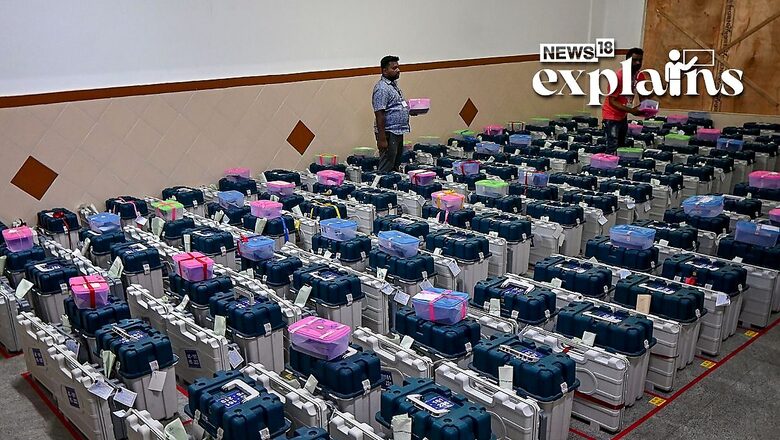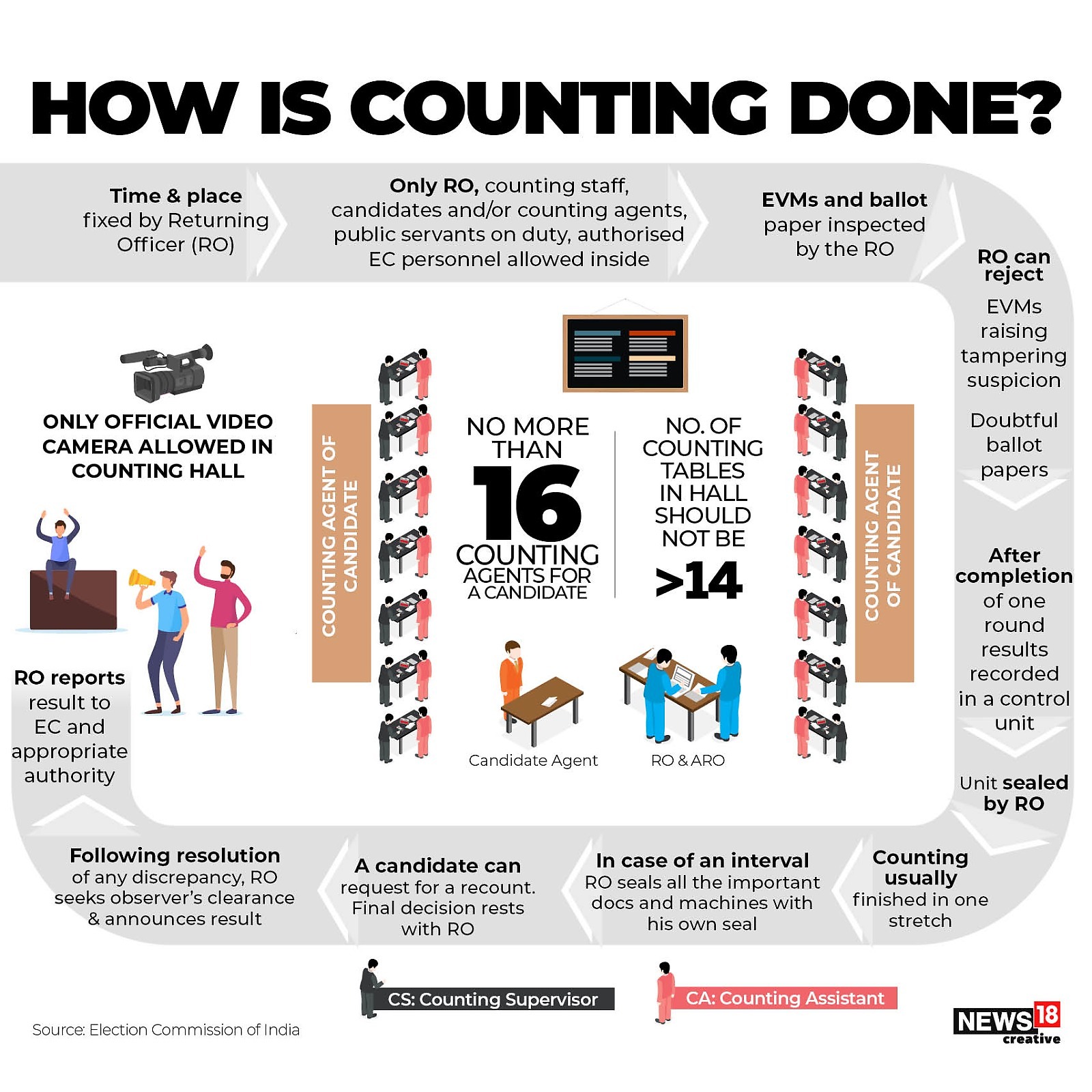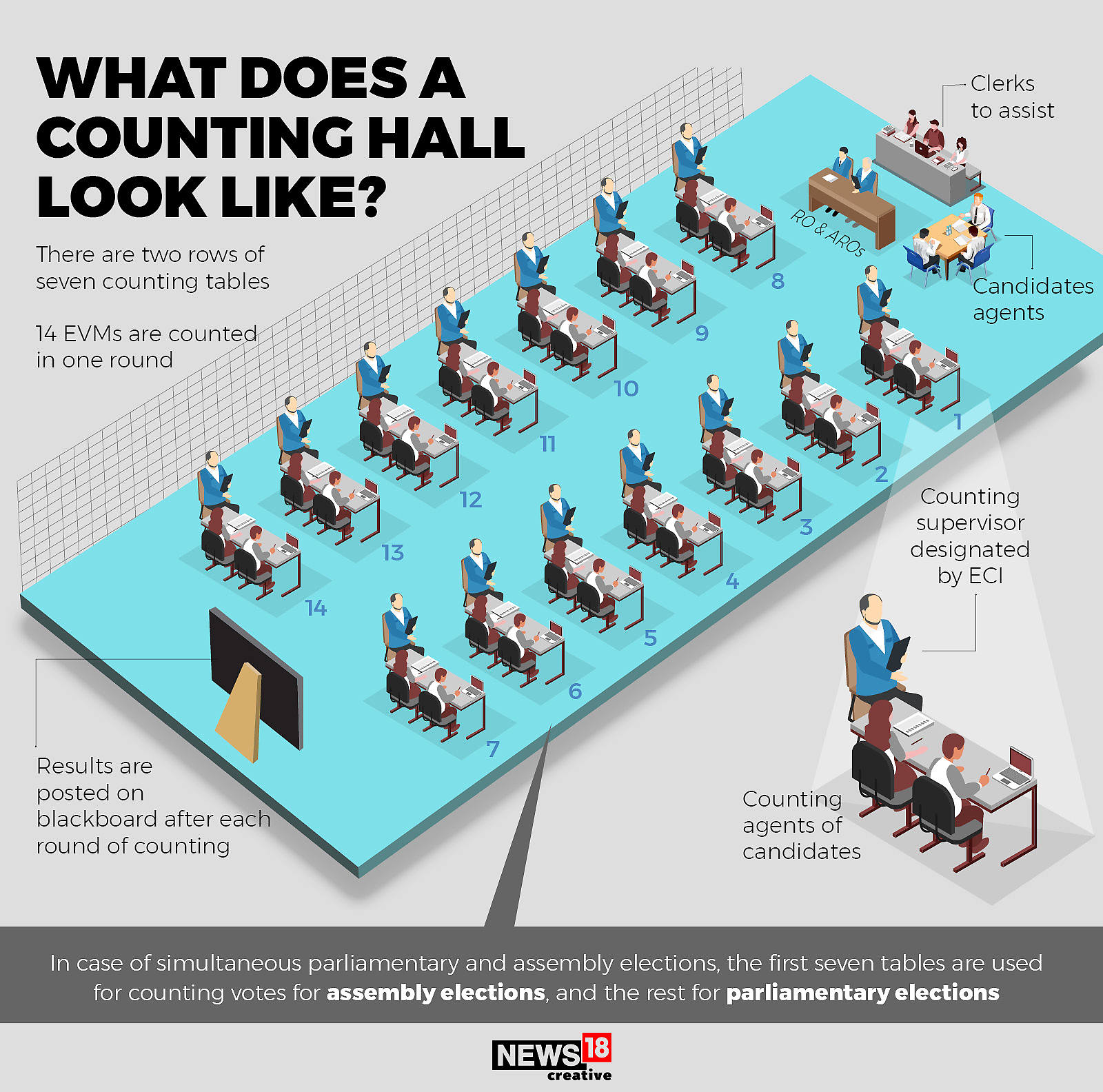
views
Ahead of the Karnataka election results on Saturday, you may be curious how the counting of votes really takes place. After all, it is a massive exercise even in assembly elections because of the sheer number of voters. The Election Commission of India (ECI) has often been praised internationally, too, for smoothly carrying out the process in the largest democracy in the world.
The counting of votes in Karnataka will begin at 8 am in 36 centres across the state, and poll officials expect a clear picture about the outcome is likely to emerge by mid-day.

But, step by step, here is how the counting takes place:
- First up, the time and place have to be decided. It is the job of the returning officer (RO) – in simpler terms, a senior government officer put on election duty as incharge of the process – to decide the venue and timings.
- Usually, the counting starts around 8 am and goes on into the evening. Somewhat decisive trends come in by noon if the contest is not too tight. In Karnataka, if the contest is indeed as tight as predicted by the exit polls, it may take some time before a clear picture emerges.
- The venue is usually a large place that has halls to seat a lot of people, so schools and colleges are used as counting centres. Inside the centre, those allowed include the returning officer, counting staff, other government and EC staff on poll duty, as well as security personnel. For Karnataka, elaborate security arrangements, especially in and around the counting centres, have been made to avoid any untoward incidents, official sources said.
- Besides, counting agents of the candidates are also allowed. They are not involved in the counting but only there to observe, so that transparency is ensured. Since it is a massive exercise, each candidate can depute up to 16 agents.
- The process begins once the RO has inspected the electronic voting machines (EVM) and ballot papers (paper is still used for postal voting for defence and other such staff). The officer can reject the machines or papers that they may notice as having been tampered with.
- On the counting centre premises, each hall can have a maximum of 14 tables, with the counting staff, clerks, assistant ROs, and counting agents present. There is also an observer deployed by the EC.
- In each round, 14 EVMs are counted. After each round, the RO seals the counting machine unit that has this data recorded. There is usually no break, but if there is, the RO seals the machines and documents concerned with their own seal.
- Candidates through their agents can ask for a recount if they sense something wrong. The decision rests with the RO.
- Finally, after taking a call on any disputes raised, the RO gets the nod of the EC-appointed observer and declares the result; and then conveys it to the EC.
- Throughout the process, only the EC’s official video cameras are allowed inside. After each round, the results are posted on a blackboard inside the centre and also announced outside.

The Karnataka assembly elections, which were held in a single phase on May 10, witnessed a fierce fight between archrivals BJP and Congress even as parties, including the JD(S), wait with bated breath to know the outcome as a hung assembly is a possibility.
This time, the state registered a “record” voter turnout of 73.19 percent to elect representatives to the 224-member assembly. With most exit polls predicting a tight contest between the Congress and BJP, leaders of the two parties seem “jittery” over the outcome, while the JD(S) appears to be expecting a hung verdict, which would enable it to play a role in government formation. Most pollsters have given an edge to the Congress over the ruling BJP, while also indicating the possibility of a hung assembly in the state.
(With PTI inputs)



















Comments
0 comment